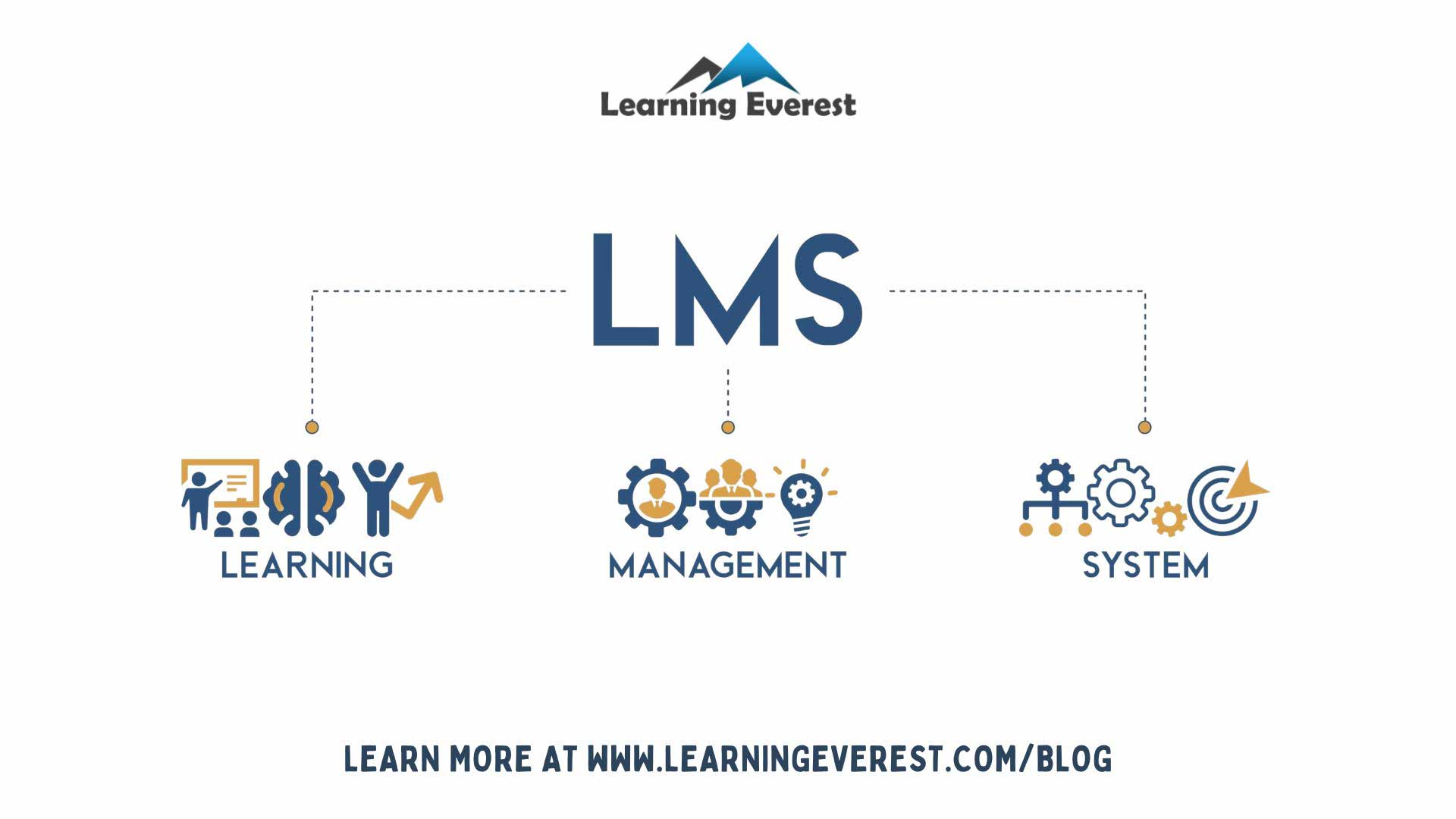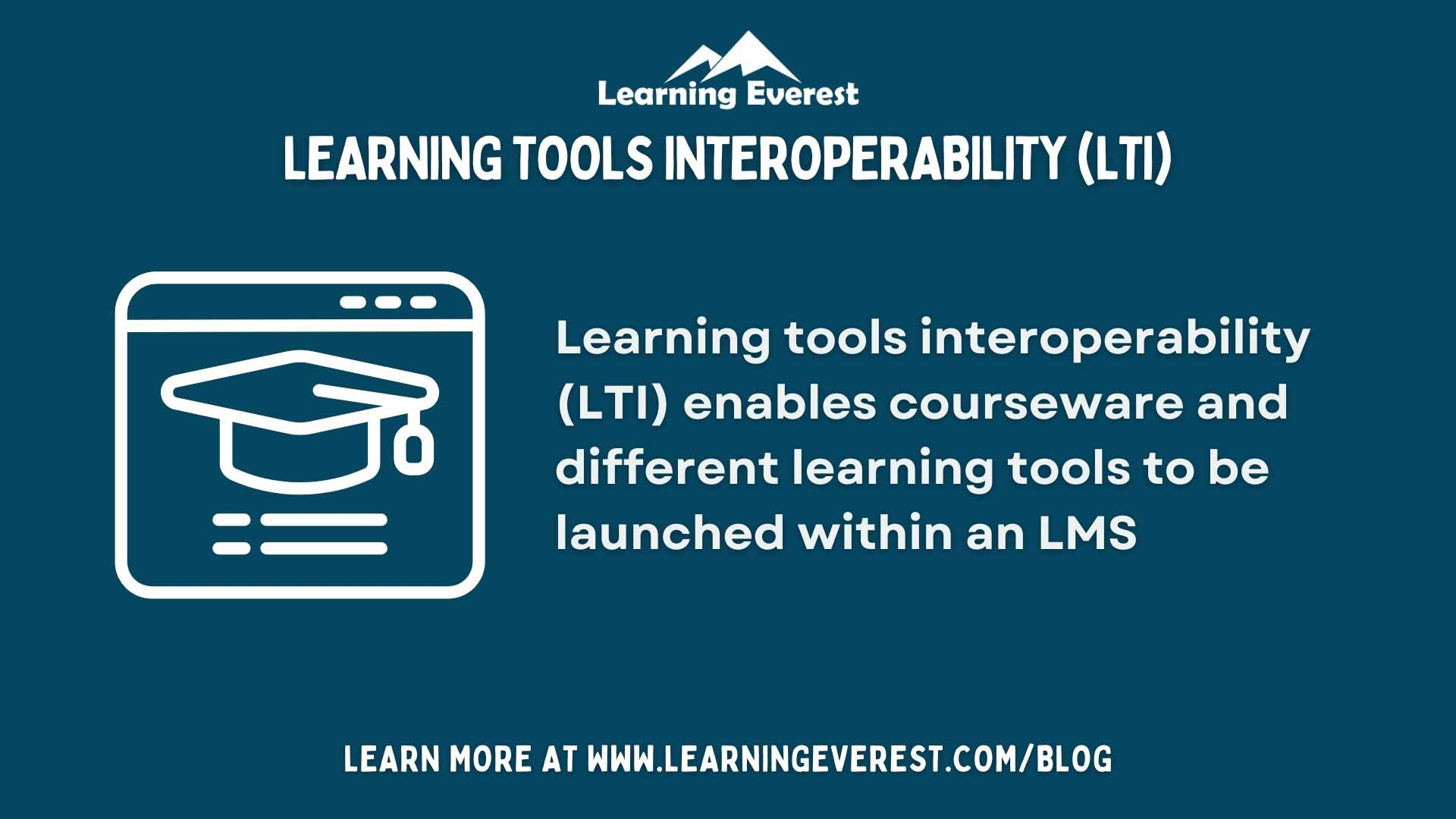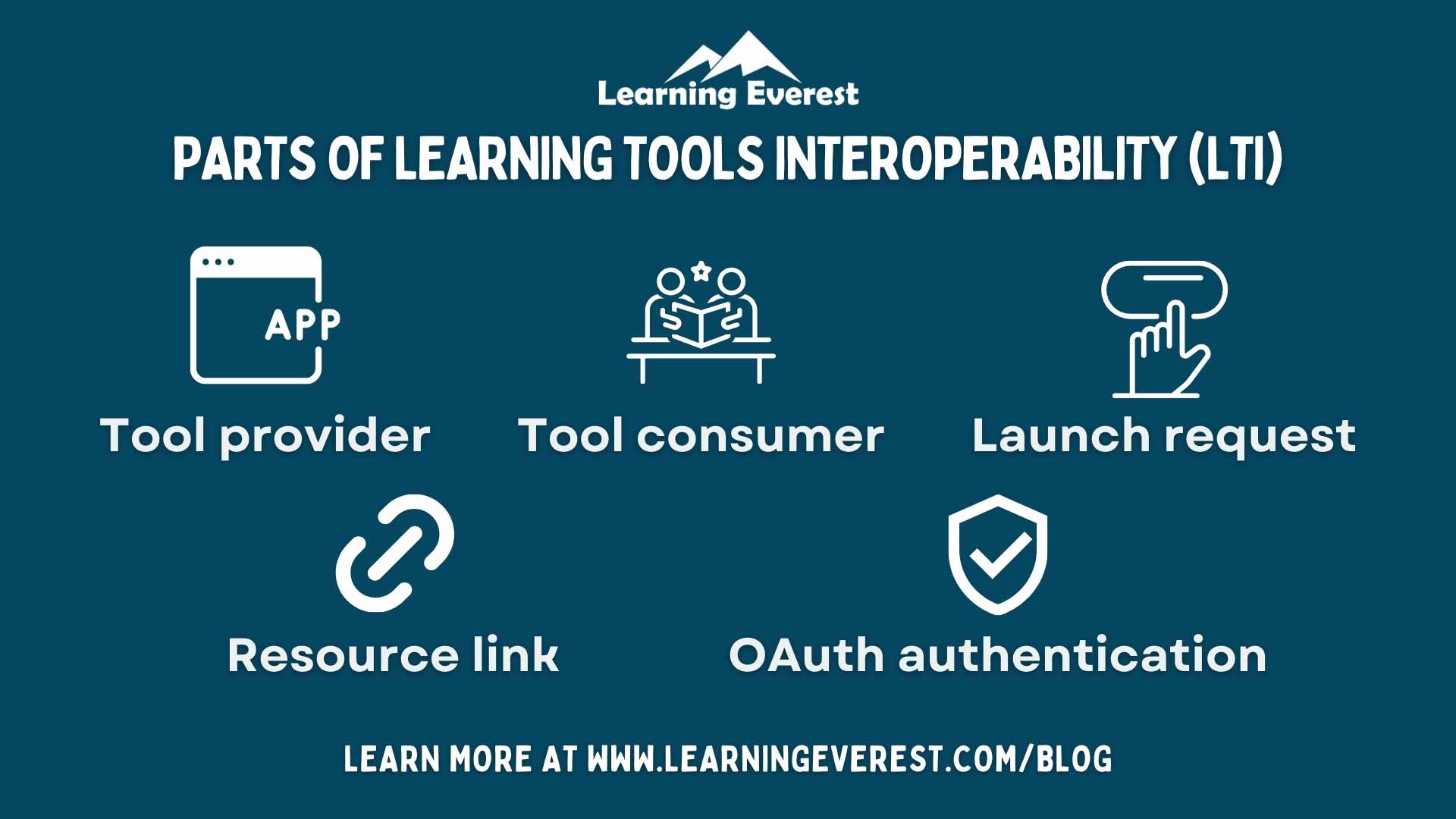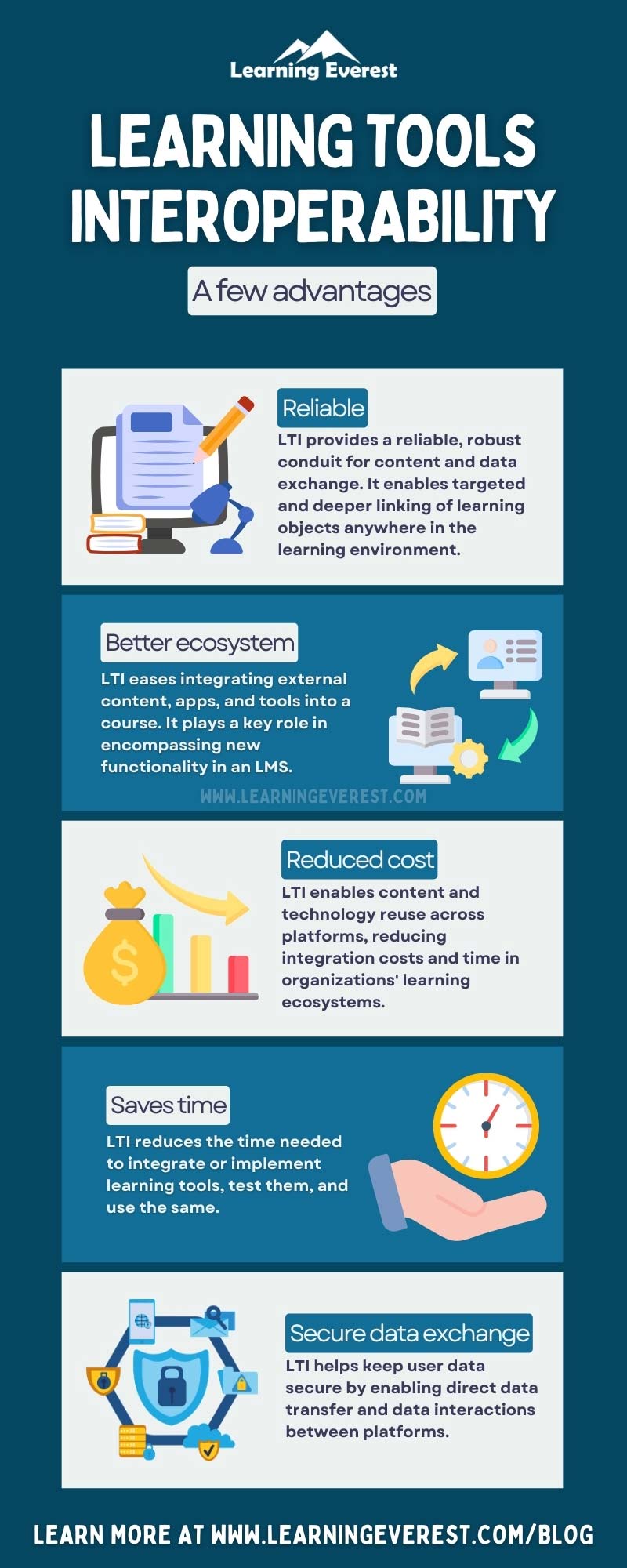At the core of e-learning delivery system, there is a learning management system (LMS). It not only delivers the learning content but also develops an environment of learning and development that adds the content, the learner, the service provider, the instructional designer and the entire learning and development experience.
Table of Contents
- The limitation of the learning management system (LMS)
- What is learning tools interoperability (LTI)
- How does learning tools interoperability (LTI) work
- The features of learning tools interoperability
- Benefits of learning tools interoperability (LTI)
- Benefit of learning tools interoperability no. 1 – Simplified integration of various educational tools
- Benefit of learning tools interoperability no. 2 – Enhanced user experience
- Benefit of learning tools interoperability no. 3 – Improved resource management
- Benefit of learning tools interoperability no. 4 – Cost-effective solutions
- Benefit of learning tools interoperability no. 5 – Enhanced collaboration
- Benefit of learning tools interoperability no. 6 – Data integration and analytics
- To sum up
- Infographic
- Knowledge check!
- Frequently Asked Questions (FAQs)
- Q: What is learning tools interoperability?
- Q: What is an example of learning tools interoperability?
- Q: What is the difference between LMS and LTI?
The limitation of the learning management system (LMS)
Though LMSs are more or else solves all the needs still there’s a few limitations. Learning management systems (LMSs) are primarily learning content and user management systems that ties together the learning content, the learners, the administrators, the content developers and the content providers. There are a few defined standards that make the content recognizable by the learning management system and usable by the learners and administrators. The most primary standard followed for an LMS is the shareable content object reference model (i.e., SCORM).
An LMS that recognizes SCORM. It can host and manage any SCORM-based learning and development content. However, there are many other learning apps, tools, contents, and activities that are not SCORM-related. A traditional LMS based on SCORM content is not capable of utilizing such content. Here comes the concept of the learning tools interoperability (LTI) standard.

Learning Management System
Want to learn more about LMS? Read out our blog on What is a Learning Management System? Overview of LMS and its features.
What is learning tools interoperability (LTI)
The IMS Global Learning Consortium developed the learning tools interoperability (LTI) standard. It provides courseware and different learning tools to be launched within an LMS. The biggest advantage of learning tools interoperability (LTI) integration is that it gives allowance the learner to seamlessly move from one tool to another. By using learning tools interoperability, educational institutions and organizations can create a cohesive and flexible learning environment. The most recent version of learning tools interoperability (LTI) is 1.3 released in 2019.

Learning Tools Interoperability (LTI)
How does learning tools interoperability (LTI) work
Let’s understand the function of learning tools interoperability (LTI) in a simple way.
Suppose that an organization having an LMS is hosting a screening evaluation for its employees for promotion to a management role. The assessment tests the learner’s technical skills. However, the HR professional of that organization also wants to organize a psychometric test to check if the employees have the right attitude for becoming a future manager. HR shortlists an effective psychometric evaluation tool from a vendor. However, the tool is not SCORM-based so it cannot be integrated into the learning management system.
This is where the idea of LTI standards comes into play. Imagine how convenient it would be for HRs if the psychometric evaluation tool could be integrated as a plug-and-play instrument into the organization’s LMS. In the absence of interoperability between learning tools, the psychometric evaluation has to be redeveloped as per the SCORM standard and hosted in the organization’s LMS. With learning tools interoperability, which can be linked to the LMS, learners’ results are passed on to the learning management system without needing to host the actual learning content.
In a nutshell, the interoperability standard enables the seamless exchange of data between an LMS and any other learning application. It enables learners and administrators to easily access one learning and development tool from another tool, avoiding the requirement to log in to individual tools.
The features of learning tools interoperability

Parts of Learning Tools Interoperability (LTI)
Benefits of learning tools interoperability (LTI)
Benefit of learning tools interoperability no. 1 – Simplified integration of various educational tools
One of the primary benefits of LTI is the simplification of integrating various educational tools and materials. Primarily, integrating different software required custom development, which was time-consuming and expensive. Learning tools interoperability standardizes this entire process, allowing tools to connect to an LMS with minimal effort. This standardization reduces the need for custom programming making it easier and quicker to deploy new tools.
You read our blog on 7 Effective Instructional Strategies for Instructors to Enhance Corporate Training.
Benefit of learning tools interoperability no. 2 – Enhanced user experience
LTI improves the user experience by providing a seamless connection between different learning tools and the LMS. Learners and instructors can access multiple resources. They don’t need to log in separately to each one. This single sign-on capability enhances usability and reduces the frustration associated with managing multiple accounts and passwords. So, it can allow for streamlined course management and give administrators and managers with all the tools they require to support the learning process.
Now, are you creating an online learning for adults? There you are in the right place! Read our blog on 7 Things To Keep In Mind While Creating Online Learning For Adults.
Benefit of learning tools interoperability no. 3 – Improved resource management
Educational institutions can manage resources more efficiently with LTI. Administrators can easily add or remove tools from the LMS without significant disruption. This allows organizations/institutions to adapt quickly to changing learning needs and technologies.
It ensures that learners and instructors have access to the best available resources. A learning tools interoperability lets you store all the learning content in one place, reduces the risk of losing any data, and even makes organizing the learning content very easy. Each e-learning management team member, instructional designer, or other user can then access information, data, or anything else through the cloud storage system anytime.
Benefit of learning tools interoperability no. 4 – Cost-effective solutions
Implementing LTI can result in cost savings for educational institutions. By reducing the need for custom integration work, institutions and organizations save on development and maintenance costs. Additionally, the ability to easily integrate a wide range of tools allows schools to choose the most cost-effective solutions without being locked into a single vendor.
Benefit of learning tools interoperability no. 5 – Enhanced collaboration
Learning tools interoperability facilitates collaboration by allowing different tools to work together seamlessly. For example, a video conferencing tool can integrate with a course management system to provide synchronous learning opportunities. Similarly, collaborative platforms can integrate with the LMS to support group projects and discussions. This interoperability fosters a more interactive and engaging learning environment.
Want to get more benefits from collaboration? Use gamification! Read our blog on The Importance of Gamification in Education Technology.
Benefit of learning tools interoperability no. 6 – Data integration and analytics
With learning tools interoperability, data from various tools can be integrated into the LMS, providing a comprehensive view of student performance and engagement. Instructors can access analytics from multiple sources in one place, enabling them to develop data-driven decisions to improve teaching and learning. This integrated data approach helps in identifying trends, understanding student needs, and personalizing learning experiences.
Do you want to add anything? You can comment us below!
To sum up
Learning tools interoperability reduces technology barriers by providing a simpler roadmap to the integration of third-party learning resources, apps, and tools into the organization’s LMS. Learning tools interoperability can help instructional designers save time in developing learning material. Learning tools interoperability boosts the potential of expanding the content and apps in an organization’s learning ecosystem.
By choosing a learning tools interoperability right for your organization, you empower the employees and give them the appropriate tools they need to be the best talent in your organization. Are you ready to elevate the learning and development experience within your organization? Take full advantage of a learning tools interoperability (LTI), perfect for beginners and professionals.
For more insights, you can book a demo today to find out how Learning Everest can help with your team’s learning needs.
Infographic

Learning Tools Interoperability – A Few Advantages
Knowledge check!
Frequently Asked Questions (FAQs)
Q: What is learning tools interoperability?
A: Learning tools interoperability (LTI) enables learning courseware and different learning tools to be launched within an LMS.
Q: What is an example of learning tools interoperability?
A: Integrating a learning management system with an e-book platform, connecting an LMS with a video platform, or linking an LMS with a plagiarism checker tool are all great examples of learning tools interoperability.
Q: What is the difference between LMS and LTI?
A: LTI stands for learning tools interoperability, which is a standard for integrating external learning tools and applications with an LMS such as Moodle.





